Smartphones have made street photographers of us all. At least that's what you might think, until you see what a camera in the hands of an expert can do. Born in Dublin in the 1930s, Alen MacWeeney became a press photographer for this newspaper at the age of 16. A job at Vogue followed – an editor challenged him to get a picture of someone famous in return for a role at the prestigious glossy. Orson Welles was in town at the time, performing at the Gaiety.
“He was a complete megalomaniac,” recalls MacWeeney, who is utterly charming via Zoom. “I took the photographs and then went to see him the next day with the prints. I made huge enlargements. He ordered many of them. He put them up all over his dressing room. He loved them because he loved himself, and because he loved himself so absolutely, it gave him the confidence to do what he did.”
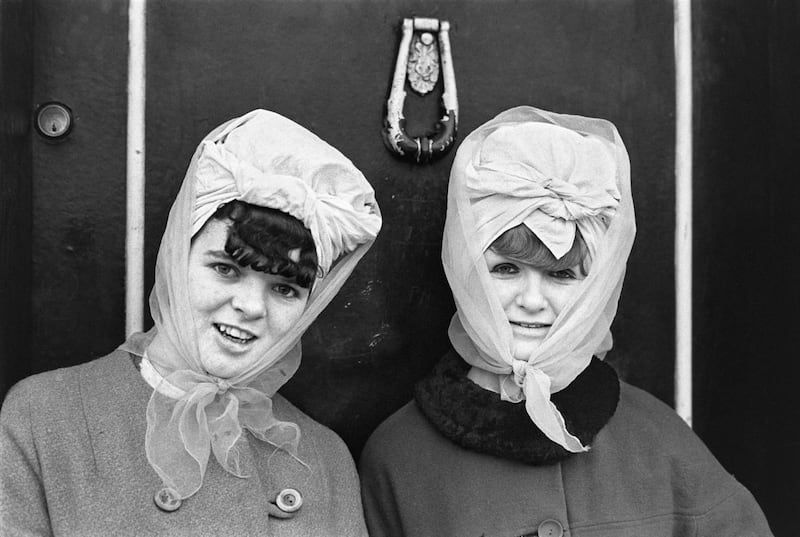
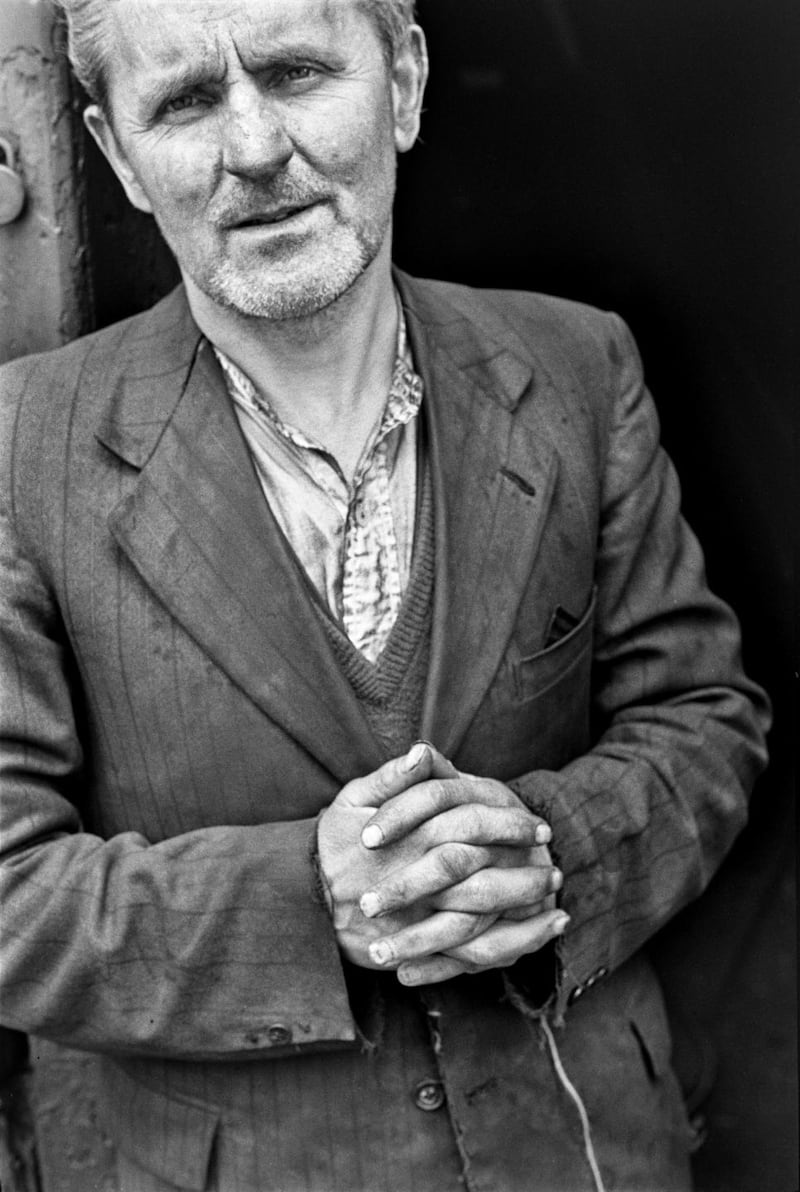
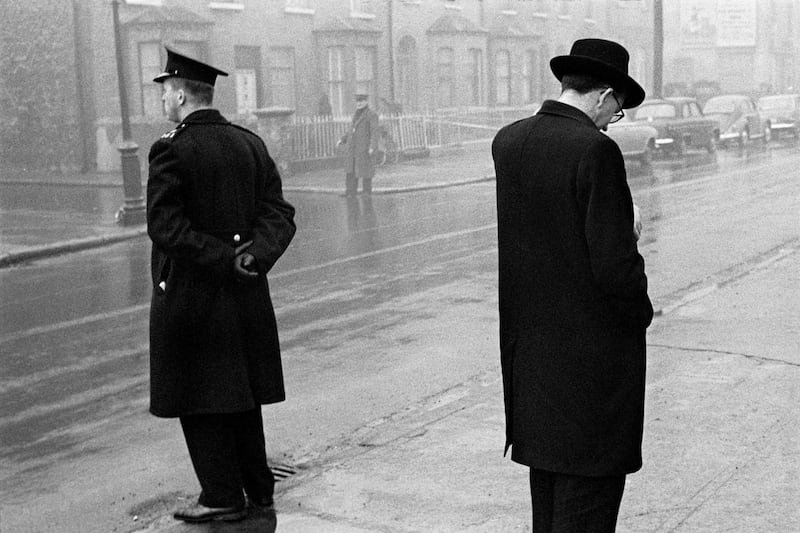
Speaking from a quiet corner of Bewley's Café, MacWeeney is in Dublin for the launch of his newest book, My Dublin 1963 // My Dubliners 2020, featuring a collection of his photographs taken on a visit to Dublin after a year spent working with Richard Avedon in New York. "He was brilliant, capable and very manipulative," says MacWeeney of the famous fashion photographer. "As some people would say, he was as deep as a saucer, but I had favoured nation status with him, and I enjoyed it. He was maniacal about his insecurities," he continues, "to be the best boy in the room, the cleverest person. His photography had a vacuousness, although the photographs he did of fashion in the 1950s were astonishingly brilliant. [Irving] Penn was the better artist, and Robert Frank was my hero. Avedon introduced us."
'I realised it could never have been written – by a poet, or by Shakespeare. It was Dubliners who wrote the book'
Speaking with MacWeeney is like being treated to a glorious conversation, full of indiscreet asides and fascinating ideas. The photographer, whose archive has been acquired by University College Cork, has had his own significant success with a canon including covers of glossy magazines and images of famous faces from William Burroughs to Tom Waits. His images are held in major collections, such as that of New York's Metropolitan Museum of Art, but it is his work with subjects such as his Irish Travellers series from 1965 to 1971, and images from the American hinterlands of Vermont and North Dakota, that do the best justice to his eye.
"I don't really like photographing famous people," says MacWeeney, as if in confirmation. "They have an aura around their fame, and that creates an obstacle." Containing 89 photographs from that Irish trip, the book came about when the photographer's partner, the artist Pesya Altman, posted an image on the Facebook group Dublin Down Memory Lane. That was in October 2020, and a flood of comments followed.
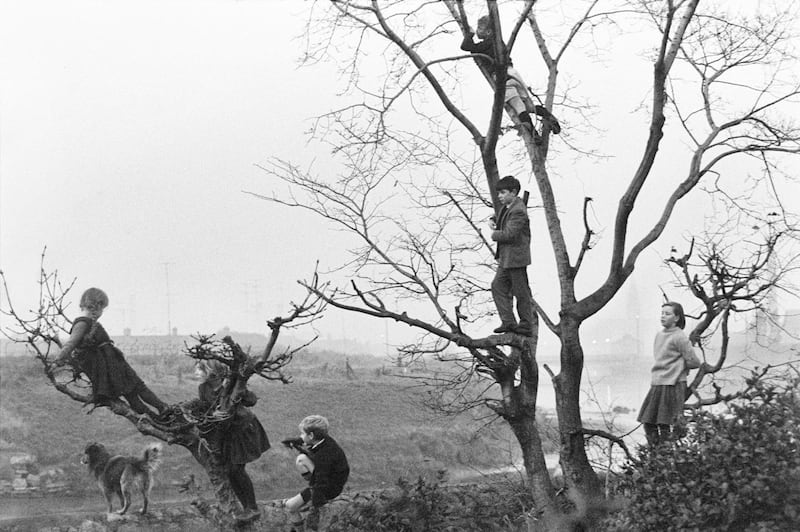
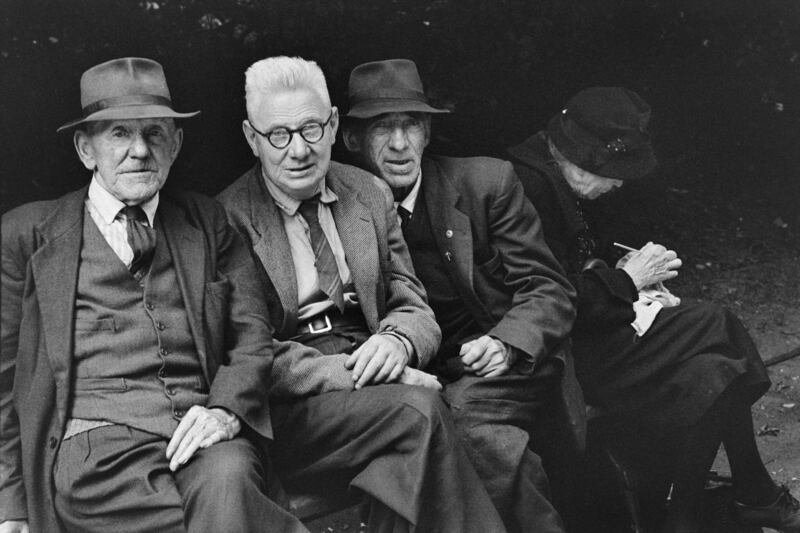
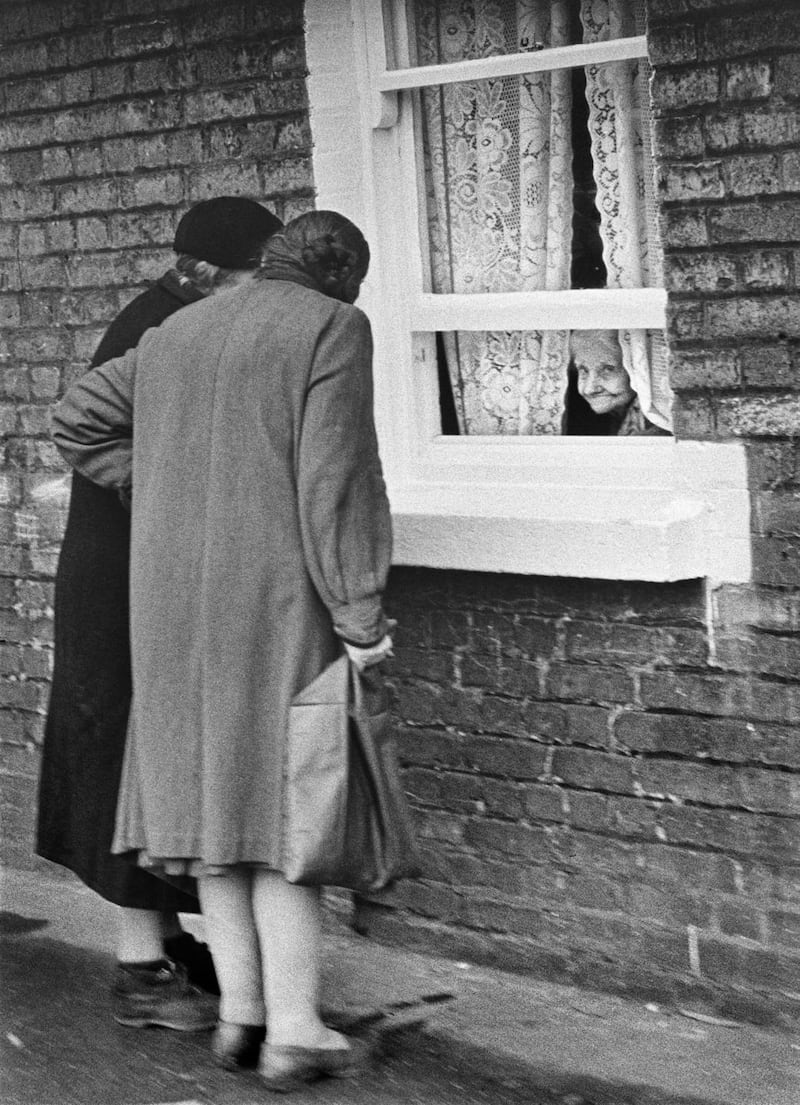
“Conversations erupted,” says MacWeeney with a note of surprise and delight. “The more photographs Pesya posted, the more comments she got.” People delighted in reminiscence, such as getting delayed en route to school in Phibsborough while the school bus waited for a herd of cows to pass on the city street. Comments – now published alongside the images – range from the gentle and kind, such as admiration for a well-dressed elderly lady taking a breather on a windowsill, to smart remarks about Bono, and they are completely engrossing.
“Everything imaginable came into the book,” says MacWeeney. Religion, politics, sex. I realised it could never have been written – by a poet, or by Shakespeare. It was Dubliners who wrote the book.”
'I'm trying to take a photograph of someone that they have never seen and neither have I. You're trying to gain a secret of a life'
It is a delicious twist that it all came about as a result of a social media post. Smartphones and the internet are often credited with making an uncomfortable dent in the role of the expert photographer, yet here they have been the impetus for this book coming into the world. Meanwhile, the book itself is a beautiful demonstration of the positive power of the internet, as people identify the otherwise anonymous or potentially forgotten faces in the images that were taken in the flash of a moment almost 60 years ago.
“Street photography has changed a lot,” agrees MacWeeney. “Magazines have gone out of business and everyone takes a photograph with a telephone. But there’s a difference between the photographs people take and a photograph as art. At least people’s photographs now include heads and feet – if they want them – unlike the ones my family used to take.” Photography, he says, “is like a psychoanalysis, but you only have an hour to do it. You don’t have the rules, so you kind of feel your way along, to gain a rapport with the person. I’m trying to take a photograph of someone that they have never seen and neither have I. You’re trying to gain a secret of a life.”
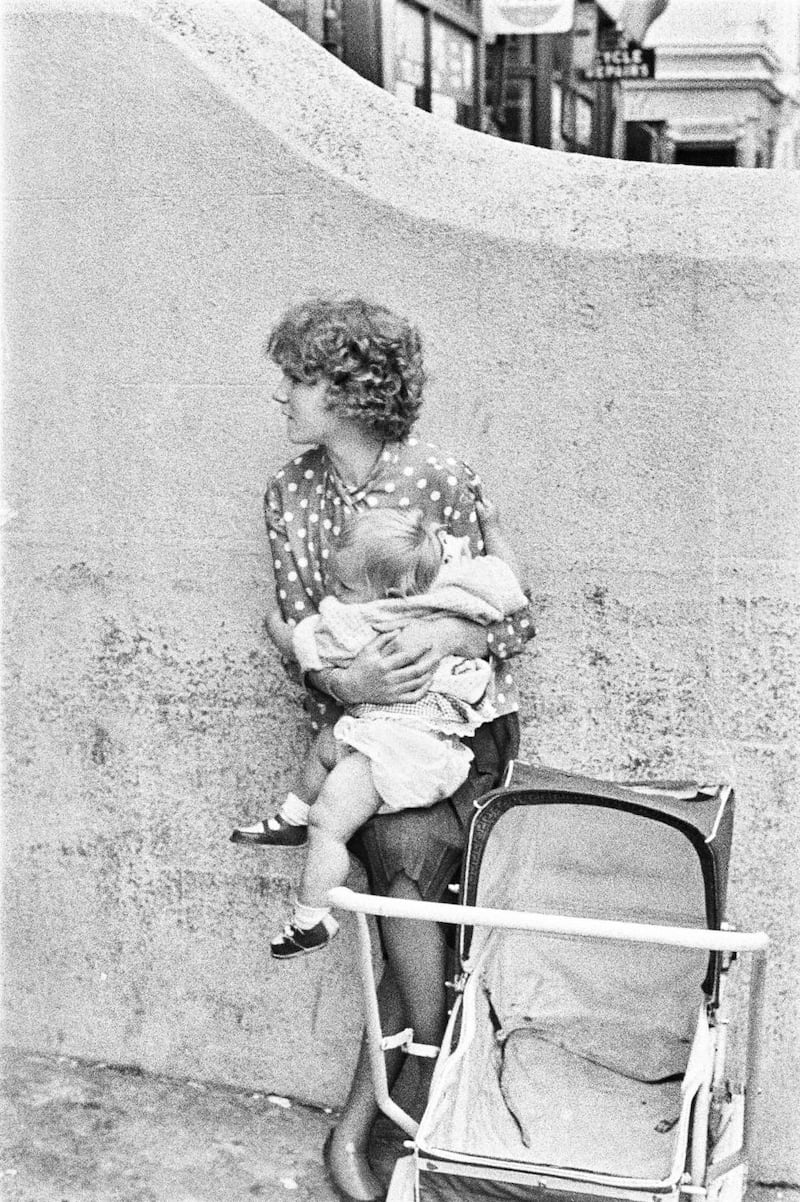
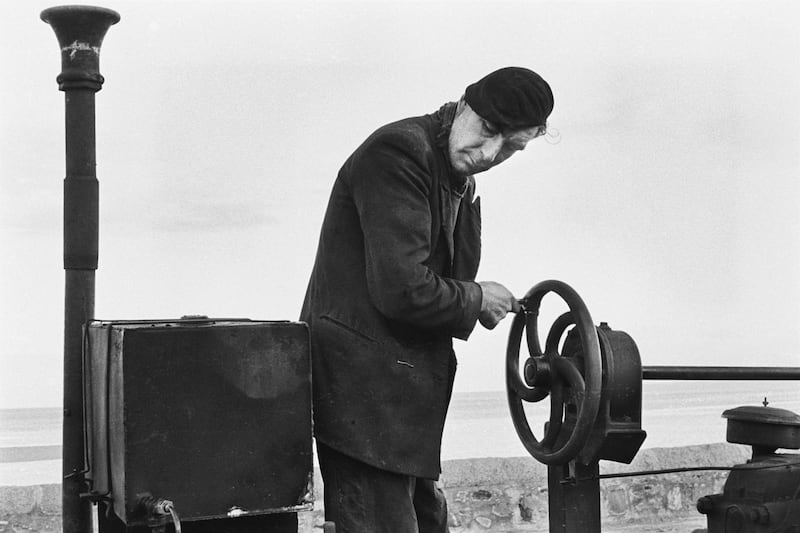
He goes on to describe how a photograph can synthesise a situation, foreground and background coming together, seemingly incidental elements contributing to the whole. There’s also the skill, probably an instinct, for reading people. “You know when you meet someone who knows something? You don’t have to be told their degrees – you can see it in their faces. A lot of photographs,” he continues, “don’t have a point of view. [Henri] Cartier-Bresson didn’t have a point of view. They were pretty pictures…”
With that in mind, I wonder, of all the images in the book, which pleases MacWeeney the most. He considers the question. “Some are amusing, but they have to have something more for me to think of them as good.” He cites the two girls wearing headscarves, the trees full of children, the two young men at a wedding, a man with a bicycle and a cigarette. “But probably the best is the priest, the policeman and the man. That is my favourite. It emphasised the isolation of people in Dublin in the wet weather. That was probably the most significant.”
"Tales of the unexpected," as one of the comments alongside goes. Thanks to Dublin City Council, you can also see a selection of the images on bus shelters around the city, but you really want to buy the book. No self respecting Dubliner should be without it.

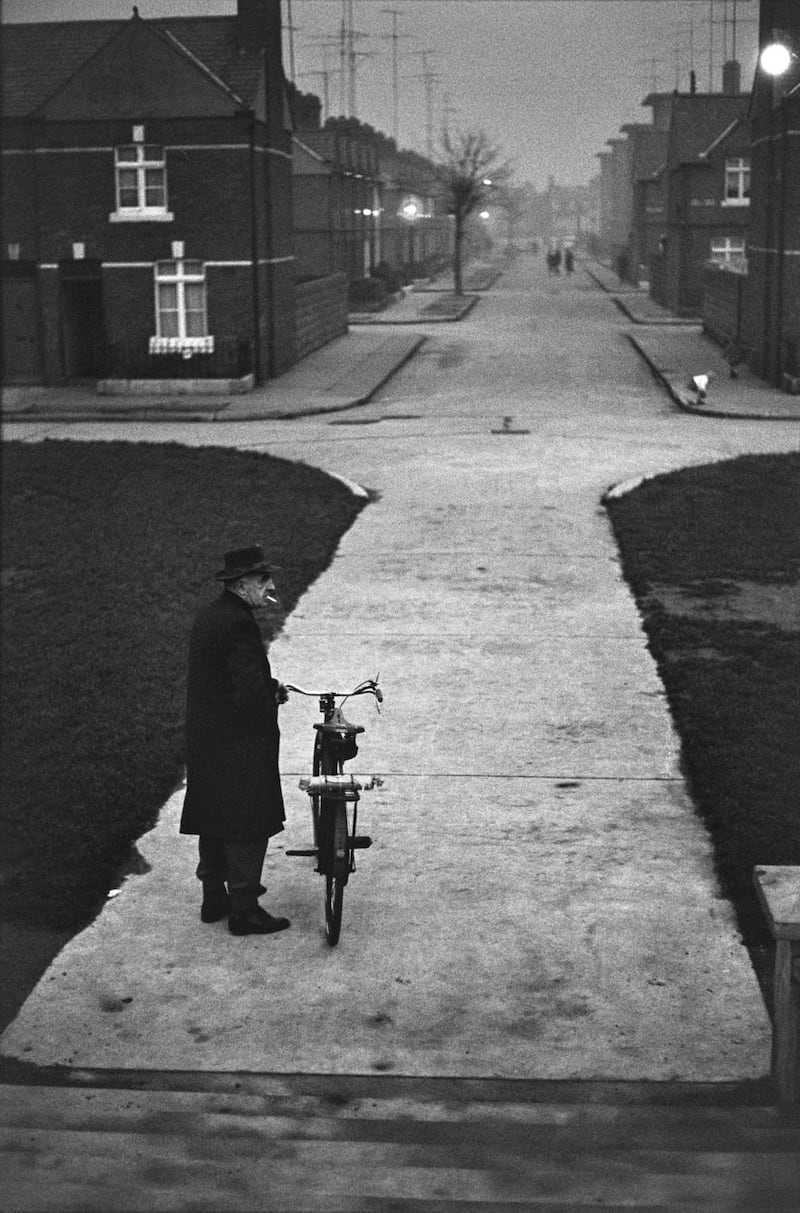
My Dublin 1963 / My Dubliners 2020 by Alen MacWeeney is published by Lilliput Press, €40


















